Eye Care Center of North Jersey Blog

As the end of the year approaches, now is the perfect time to make the most of your vision plan benefits. Many patients don’t realize that most vision plans reset on January 1st - meaning if you don’t use your benefits before December 31st, you lose them.
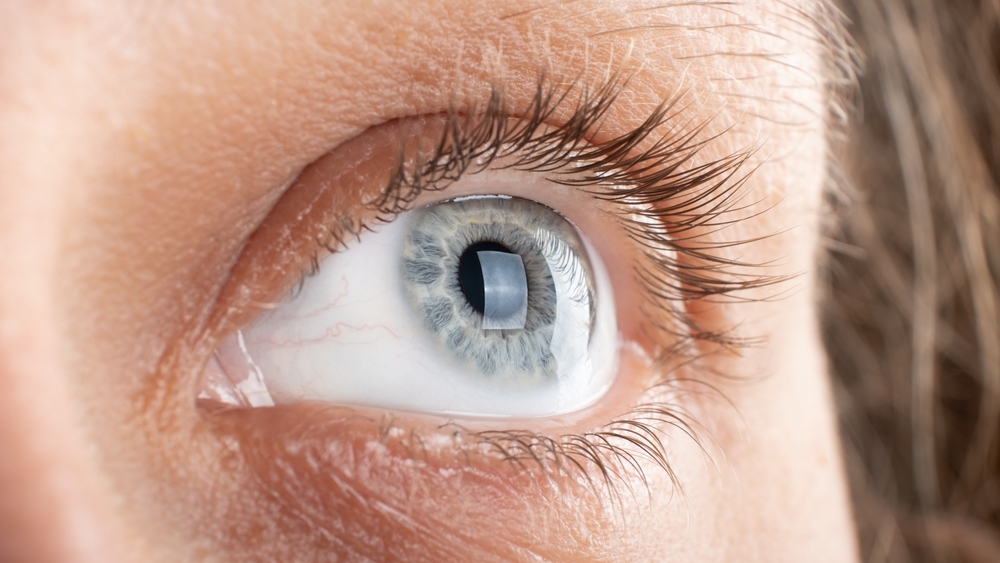
Living with keratoconus can bring unique challenges to your daily life, but with the right habits, treatments, and professional guidance, you can protect your vision and maintain your quality of life. Here are some lifestyle tips to help you see clearly and comfortably every day.
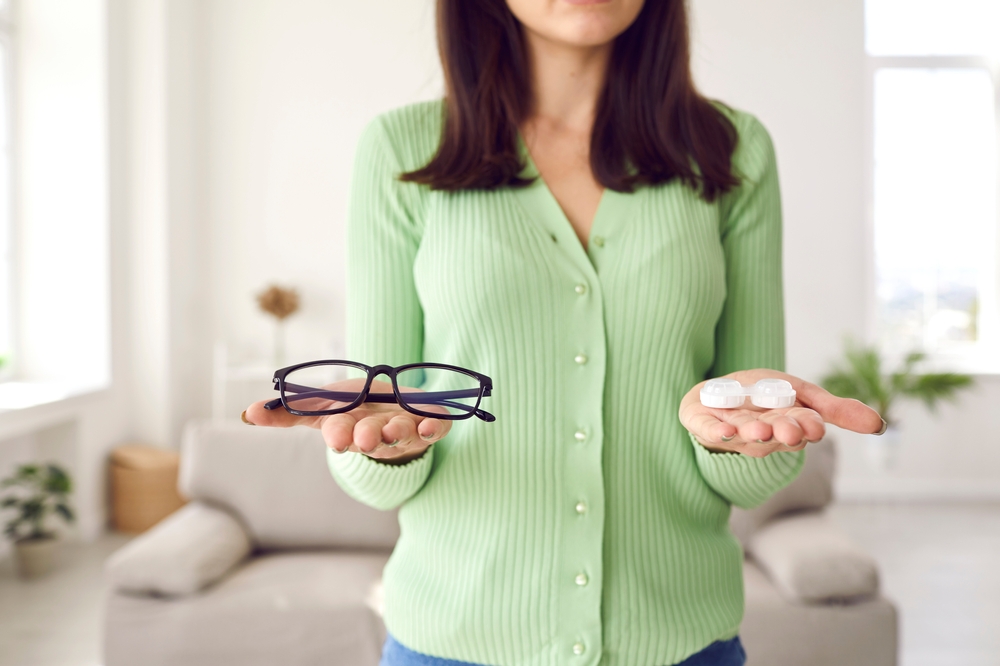
As we age, our eyes gradually lose the ability to focus on objects up close - a condition known as presbyopia. For many people, this means reaching for reading glasses more often or switching between multiple pairs of glasses for different tasks.
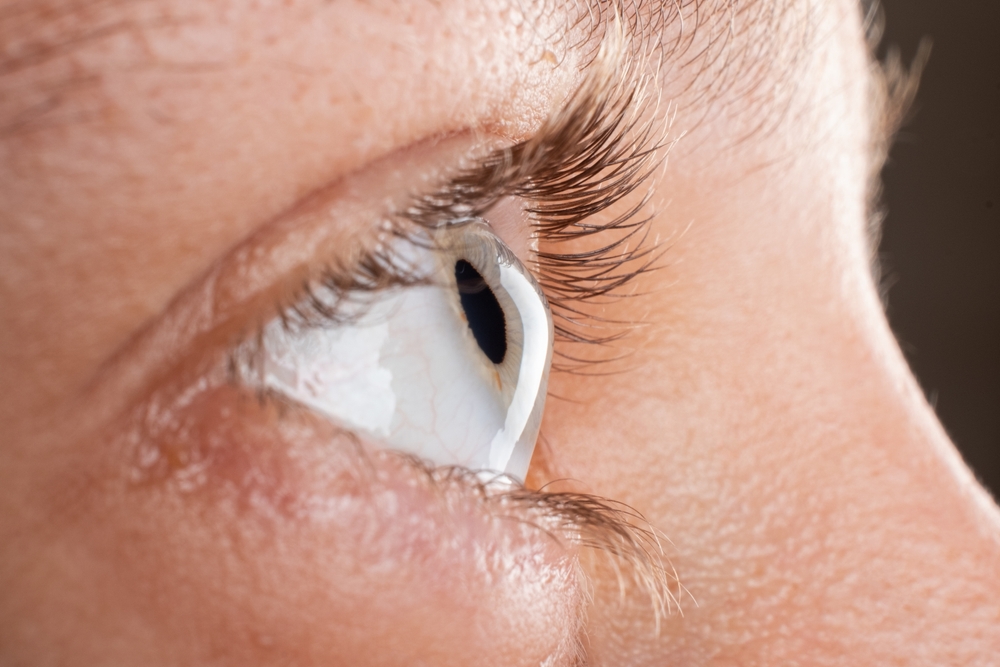
Keratoconus is a progressive eye condition that causes the cornea to thin and bulge into a cone-like shape. This irregular curvature leads to distorted and blurred vision that cannot be corrected by regular glasses alone.

Progressive lenses have redefined modern vision correction, offering seamless transitions between distance, intermediate, and near vision - without visible lines. At Eye Care Center of North Jersey, we use advanced Virtual Reality (VR) technology to take progressive lens customization to the next level.
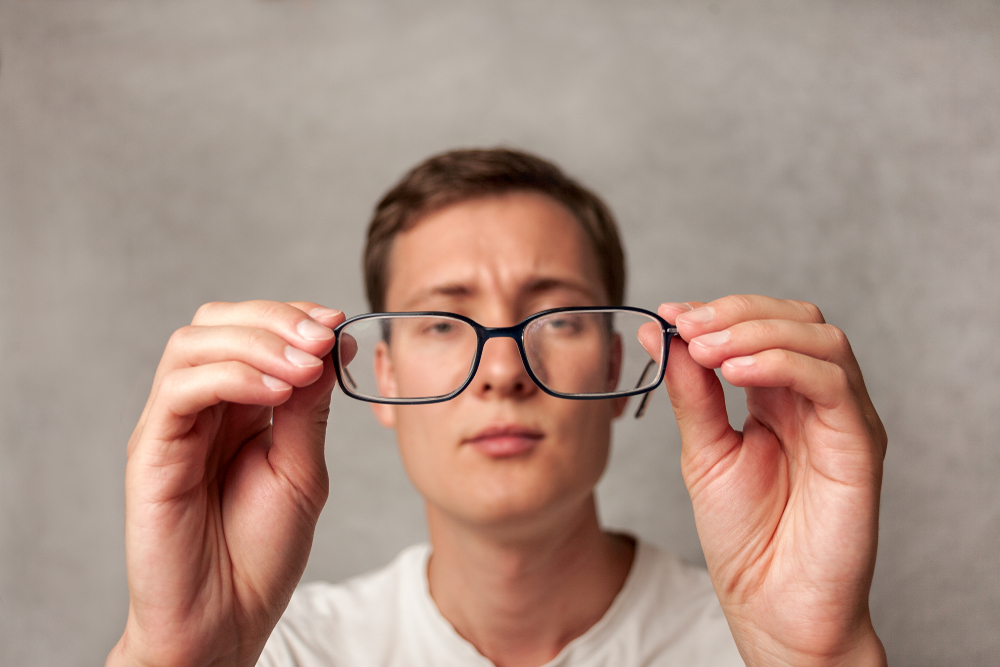
When it comes to vision correction, every patient is unique-not only in prescription but also in the way they naturally see and interact with the world. Thanks to new advancements in virtual reality (VR) technology, we can measure these movements with unprecedented precision - completely transforming the way progressive lenses are designed.

Macular degeneration is a common eye condition that can gradually diminish your central vision, making everyday tasks like reading or recognizing faces more difficult. Often associated with aging, it’s one of the leading causes of vision loss in adults over 60.
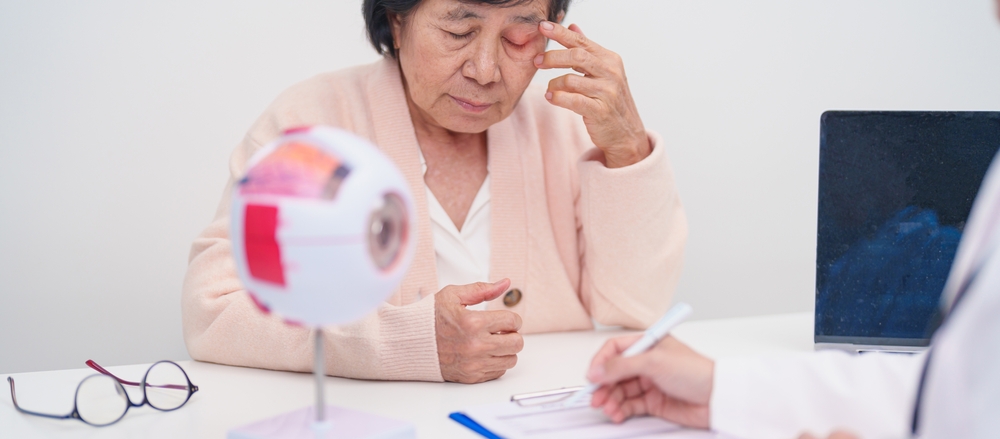
Diabetes doesn’t just affect your blood sugar; it can have a serious impact on your vision as well. Many individuals with diabetes are unaware that the condition increases their risk for a range of eye problems that can lead to permanent vision loss if left undetected. At Eye Care Center of North Jersey, we emphasize the importance of regular eye exams as a critical part of diabetes management.
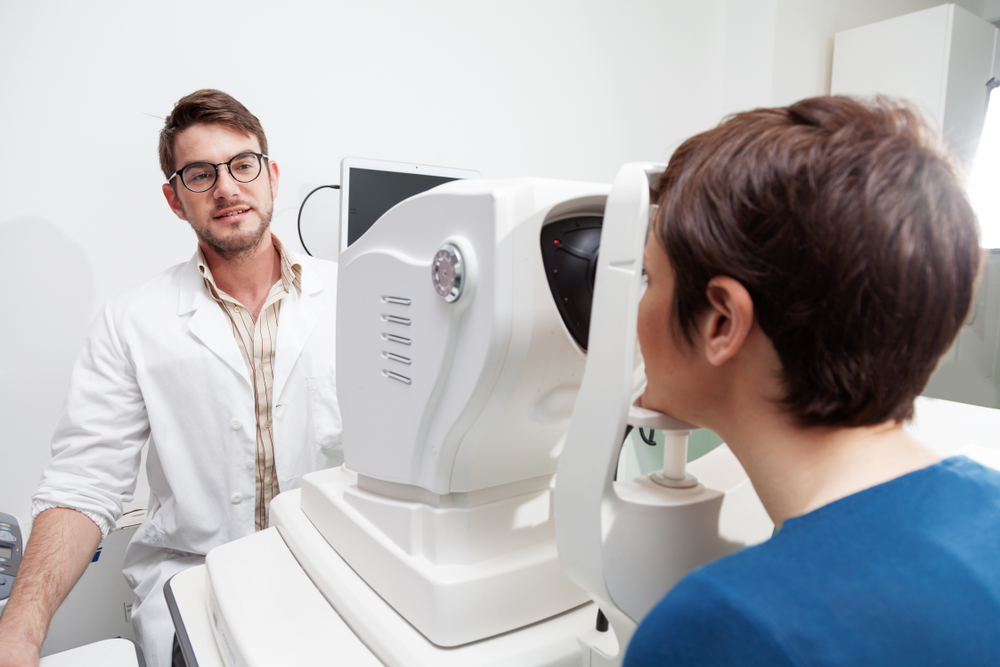
Contact lenses are a comfortable and convenient alternative to glasses, but wearing them safely begins with a proper evaluation. At Eye Care Center of North Jersey, we offer thorough contact lens exams to help ensure healthy eyes and lasting comfort with your lenses.
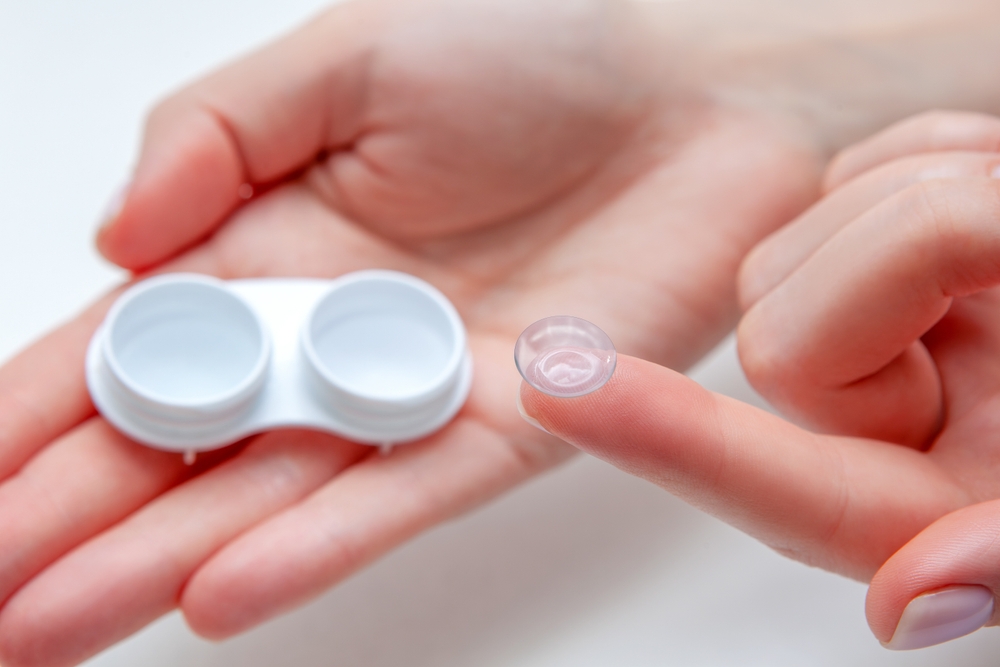
When it comes to eyeglasses, the lenses you choose make all the difference. Standard lenses may correct your vision, but they often fall short when it comes to clarity, comfort, and customization.




